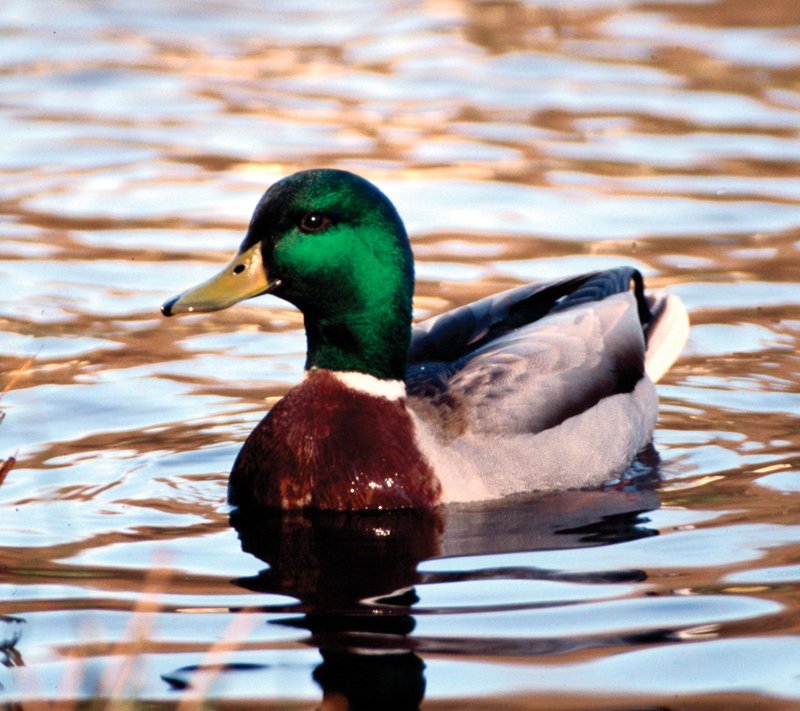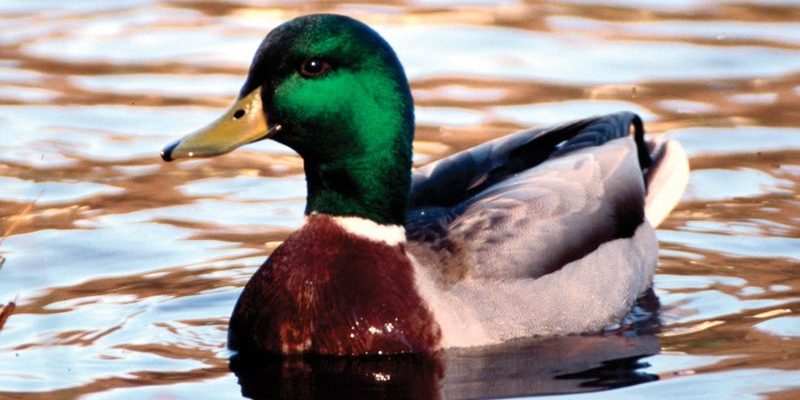
Imagine being a duck, navigating through marshes, lakes, or even urban parks. The world can be quite different depending on your habitat, and ducks have unique adaptations to handle everything from predators to food sources. They’re like nature’s multitaskers, balancing the need for food, safety, and comfort all in one go. Let’s dive into some of the cool ways ducks adapt to their environments.
Physical Adaptations: The Duck Design
Ducks are built for life on the water and on land. Their bodies are streamlined, which helps them swim smoothly. You might have noticed their webbed feet—this isn’t just for show. These webbed toes act like paddles, allowing them to swim efficiently and navigate through the water with ease.
Their feathers are another amazing adaptation. Ducks have a special oil gland near their tails that produces oil, which they use to coat their feathers. This keeps them waterproof and buoyant. Picture a raincoat that you can wear while swimming! Without this oil, ducks would easily become waterlogged and struggle to float. Plus, having colorful plumage helps attract mates and signals health, which is vital for survival.
Behavioral Adaptations: Smart Survival Strategies
Ducks have some clever behaviors that help them adapt to their surroundings. For instance, many species will migrate to warmer climates during the winter. Imagine packing up for a vacation to escape the cold—ducks do just that! This migration helps them find food when it’s scarce and avoid freezing temperatures.
Even in their local environments, ducks can adapt their feeding habits based on what’s available. Some are dabblers, skimming the water’s surface for insects and plants, while others dive deep for fish and crustaceans. This flexibility in diet allows them to thrive in various habitats, whether it’s a pond, river, or a bustling urban park.
Social Structures: Living Together
Ducks are social creatures, and their social structures play a big role in how they adapt. Many species form flocks, and there’s strength in numbers! Being part of a group helps them stay safe from predators. If one duck spots a hawk, it can alert the others, and the whole flock can take off to safety.
Their social behavior isn’t just about safety; it also helps them find food more effectively. When ducks forage together, they can cover more ground and find more food. It’s like having a community to share tips and tricks on where to find the best snacks!
Habitat Adaptations: Making the Best of Their Surroundings
Ducks are incredibly versatile when it comes to choosing habitats. You’ll find them in everything from marshlands to city parks. Some species, like the mallard, are even comfortable in urban areas, where they can find food scraps from people. It’s a win-win situation: ducks get a meal, and city dwellers get to enjoy their presence.
In their natural habitats, ducks adapt by choosing nesting sites that protect their young from predators. They often look for dense vegetation or hidden spots near water bodies. This strategic choice allows them to keep their ducklings safe while teaching them how to swim and find food.
Seasonal Adaptations: Timing is Everything
Seasonal changes can be tough for wildlife, but ducks have strategies to cope. As the weather shifts, they undergo molting, which is when they lose old feathers and grow new ones. This helps them maintain their ability to fly and stay warm.
Additionally, adult ducks often time the hatching of their young to coincide with peak food availability in spring. This ensures that the ducklings have access to plenty of nutritious insects and plants as they grow. It’s all about timing and making the most of what nature offers!
Predator Awareness: Staying One Step Ahead
Predators are always a concern for ducks, whether it’s a hungry fox or a soaring eagle. To adapt, ducks have developed keen eyesight and a variety of alarm calls. Their eyes are positioned on the sides of their heads, allowing them to see a wide field of view. This helps them spot danger from afar.
When a predator approaches, ducks can quickly take to the air or dive underwater. They’re also known to have chosen nesting sites that are well-hidden from potential threats. This combination of awareness and strategic planning is vital for survival in the wild.
Ducks are some of nature’s most adaptable creatures. From their physical traits to their social behaviors, they showcase a resilience that allows them to thrive in various environments. Whether they’re migrating to warmer places or cleverly avoiding predators, ducks remind us of the beauty of adaptation.
The next time you spot a duck gliding across a pond or chatting with its friends, take a moment to appreciate the incredible ways it has tailored its life to fit its surroundings. Ducks aren’t just cute; they’re a testament to the wonders of evolution and survival in our ever-changing world. So, the next time you see these fascinating birds, you might just look at them with a little more wonder—and respect!

